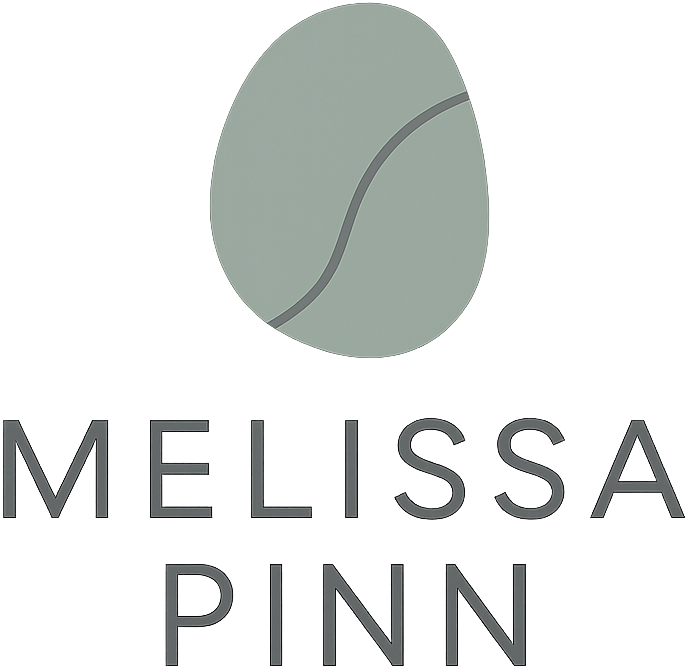Are You Accidentally Feeding Anxiety? The Difference Between Supporting vs. Accommodating
Your child is invited to a sleepover, and you see the panic flash in their eyes. Without a second thought, you text the other parent, "So sorry, we have a family thing!"
You're at the park, and a friendly dog approaches. You immediately pull your child behind you and cross to the other side of the path.
You do these things because you are a loving, caring parent. Your primary job is to protect your child, and when you see them in distress, every instinct you have screams, “Make it stop! Make them feel safe!”
But here's a tough question I want you to consider: Are you protecting your child, or are you protecting their anxiety?
Because there’s a sneaky con artist in your house called the Anxiety Monster. And every time you rearrange your life to help your child avoid distress, you are accidentally slipping that monster a tasty snack. It seems like a small thing in the moment, but those snacks add up, and pretty soon, that monster gets big, loud, and starts making all the rules in your house.
So, how do you know if you're helping your child or just accommodating anxiety? Let's get clear on the difference.
What is Accommodation, Really? Hint: It’s Worry’s Personal Assistant
In simple terms, accommodating anxiety is when you change your behavior or your family’s routine to help your child avoid feeling anxious. You become Worry's employee, doing all the little tasks it demands.
It’s a pattern of enabling a child's anxiety, and it can look like:
Answering the same reassurance question for the twentieth time (“Are you sure I won’t get sick?”).
Speaking for your shy child when the waiter asks what they want.
Letting them skip the soccer game because they’re worried they won’t play well.
Constantly texting them during the school day to tell them everything is okay.
Doing the compulsions for them when they have OCD (“Yes, I checked the lock again. And again.”).
We do these things to get short-term relief. And it works! In the moment, your child feels better, the tension goes down, and you can all move on. The problem is, you’re playing Worry's short game. And it’s a game you can never win.
The Big Difference: Support vs. Accommodation
This is the most important distinction a parent of an anxious child can learn. The line can feel blurry, but their long-term outcomes are completely different.
Accommodation says: "This feeling is dangerous. You can't handle it. Let me get rid of it for you."
The Goal: Eliminate the discomfort right now.
The Result: The Anxiety Monster gets a meal, and your child learns that anxiety is an intolerable emergency that requires rescue. Their world gets smaller.
Support says: "I know this feels hard and scary. I am right here with you, and I know you can handle this feeling."
The Goal: Build the child’s confidence in their ability to handle discomfort.
The Result: The Anxiety Monster gets put on a diet, and your child learns that anxiety is just an uncomfortable feeling, not a true emergency. Their world gets bigger.
Accommodation is about avoidance. Support is about building skills.
How to Shift from Accommodator to Coach
Okay, so you recognize you’ve been serving snacks to the monster. Welcome to the club! Now, how do you stop? You do it step-by-step, like a confident coach with a new game plan. This is how to stop accommodating OCD and anxiety.
1. Team Up Against the Monster. First things first: externalize the problem. Talk to your child when they are calm. Say something like, “Hey, it seems like the Worry Monster has been making all the decisions about sleepovers lately. You and I are a way stronger team than that monster. What if we decided not to listen to it next time?”
2. Start Small and Have a Plan. You don’t have to go from accommodating everything to accommodating nothing overnight. Pick one small, manageable thing. If you always speak for your child at restaurants, make a plan. “Okay, tonight when the server comes, the plan is for you to order your own drink. That’s it. You can do that. I’ll be right here.”
3. Get Your Lines Ready. When your child is anxious, you need a new script. Your old script was reassurance and rescue. Your new script is validation and confidence.
When they ask for reassurance: “That sounds like the Worry Monster talking. I’m not going to have a conversation with him. I’ve already answered that.”
When they want to avoid something: “I know Worry is telling you this is a bad idea, but we don’t let Worry make decisions for our family.”
When they are in distress: “This is a hard feeling, but it’s not a dangerous one. I’m going to help you get through it.”
4. Expect Pushback! When you stop feeding a monster, it gets angry. It will roar. Your child’s anxiety will likely get bigger at first when you stop accommodating. This is normal! It does not mean you are failing. It means the monster is mad that its free meal ticket has expired. Your job is to stay calm, hold the line, and show your child that you are not scared of their feeling.
The Bottom Line
Shifting from accommodating to supporting is one of the hardest—and most loving—things you can do. You are allowing your child to feel discomfort now so they can build the skills they need for a bigger, braver life later. You are teaching them that they are more capable than their anxiety. And that's a lesson that will last a lifetime.
Parenting a Child with Anxiety is Hard. Getting Help Shouldn't Be.
If you're feeling exhausted and unsure of the next step, I'm here to help. Together, we can create a practical plan that fits your family, reduces the struggle, and helps you become the calm, effective coach your child needs.
